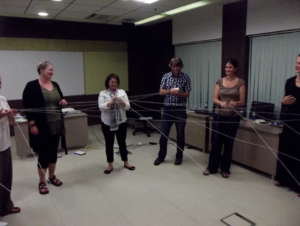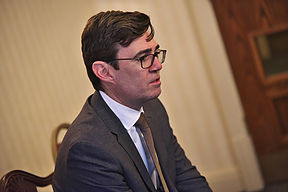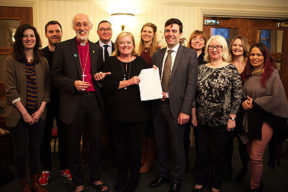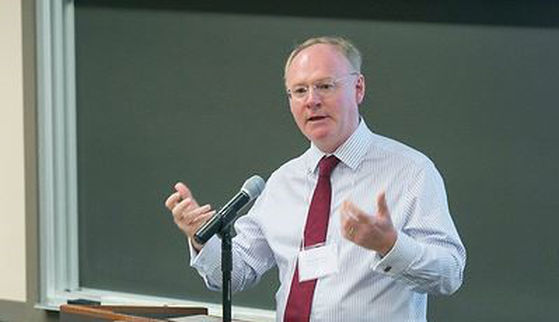The Ruff Institute of Global Homelessness at DePaul University (IGH) works with partners around the world to drive a global movement to define, enumerate, and end homelessness. On April 27, 2022, the IGH team took part in the United Nations Human Settlements Program’s Special Event on Affordable Housing and Ending Homelessness at the UN Headquarters in New York City.
The IGH team:
Tiffany Connolly, IGH Administration Assistant, BA from DePaul University
Lydia Stazen, IGH Executive Director, MPP from DePaul University
Julia Wagner, IGH Program Manager



Below is a short Q&A on the meeting and what it means for our work at DePaul.
Why was IGH at the UN for this meeting?
Lydia: IGH has a partnership with the United Nations Human Settlements Programme (UN-HABITAT). Together, we planned a special event to raise awareness of homelessness as an issue that is critical to address if we want to have sustainable cities around the world.
Who was at the meeting?
Julia: The event was chaired by Maimunah Mohd Sharif, Executive Director of UN-HABITAT. Representatives from IGH’s Vanguard Cities program from Bengaluru, Montevideo, and Tshwane representing national government, civil society, and local universities. There were also representatives from UN member states, including Madagascar, Kenya, Jordan, El Salvador, and mayors from across the world.
What was your experience being at the UN and New York for the first time?
Tiffany: I was thrilled to see our colleagues from Uruguay, India, South Africa, the UK, and New York — meeting some of them for the first time. There’s something really special about convening in person and reinforcing the connections between the work being done on the ground in each country. I found great gratitude in attending UN-HABITAT’s Special Event on Affordable Housing and Ending Homelessness and sharing the powerful ideas that were presented during the event, in real-time, to our larger network via social media.
What were some highlights of the meeting?
Julia: Each of the speakers spoke around central themes: the fact that homelessness is solvable, collaboration is critical both on the ground and globally, and the importance of creating urgency around the issue of solving homelessness in their local communities. It was so great to have the power of international representation and to hear the support on this issue from member states and mayors. You can find out more about the meeting on the UN website and you can watch the event recording.
What are the next steps?
Lydia: IGH will continue to partner with the UN-HABITAT to advocate for homelessness to receive even greater attention within the United Nations, and will offer support to Member States interested in addressing homelessness through policy and practice.
How does this relate to our work at DePaul to live by Vincentian values?
Tiffany: Community and Collaboration is a core value at DePaul University. IGH is continuously seeking opportunities to unify efforts at the local, national and international levels through intentional partnerships. An essential part of IGH’s mission is to, meaningfully, work alongside people with lived experience of homelessness and other community members who are most impacted by homelessness to catalyze systemic change. As our colleague and the event’s opening speaker, Rob Robinson said, “more people with lived experience of homelessness should be invited to these events to advocate alongside global leaders.”
Favorite Moment of the Trip:
Tiffany: My favorite part of the trip was taking part in the prep meeting between the IGH team and global partners to prepare for UN-HABITAT’s high-level meeting — seeing different partners sharing ideas and discussing ways to strengthen their messages in order to maximize the opportunity to advocate for solutions to homelessness. That was powerful to me.
Lydia: My favorite moment was when Rob Robinson, a person with the lived experience of homelessness, kicked off the meetings with his powerful remarks. Rob said that we have the knowledge to end homelessness – we just need the political will to do it. I couldn’t agree more!
Julia: My favorite moments were being able to hear our Vanguard City partners share so passionately about their work. I have had many Zoom conversations with our partners about their programs, and it was fantastic to see them in person and hear them speak at the UN on ending homelessness locally and globally.
To learn more about IGH’s global homelessness advocacy, visit https://ighomelessness.org/advocating-for-change/




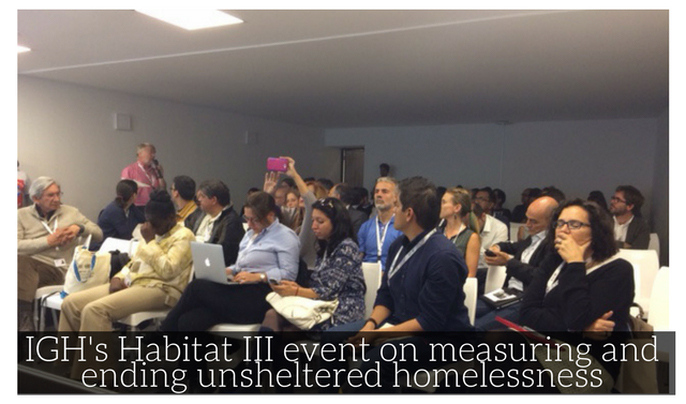 The United Nations describes the New Urban Agenda as “an action-oriented document which will set global standards of achievement in sustainable urban development.” Practically, the New Urban Agenda lays out a vision for cities, a set of guiding principles, and a number of commitments meant to bring them to life.
The United Nations describes the New Urban Agenda as “an action-oriented document which will set global standards of achievement in sustainable urban development.” Practically, the New Urban Agenda lays out a vision for cities, a set of guiding principles, and a number of commitments meant to bring them to life.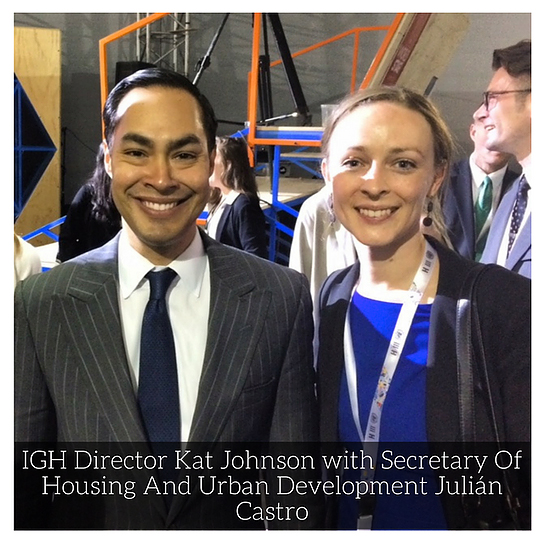 The Institute partnered with the
The Institute partnered with the 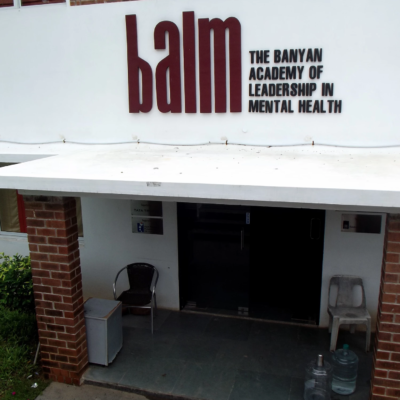

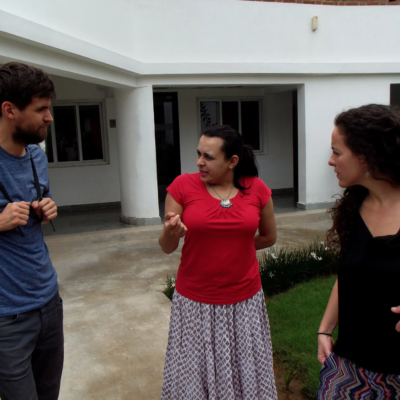
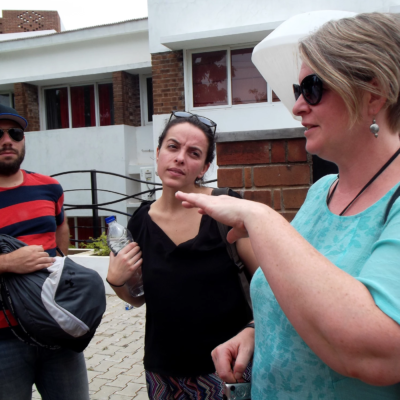
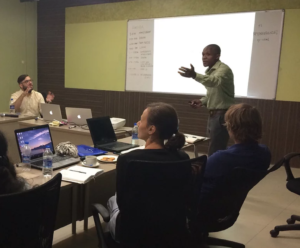 Those working in the homelessness sector hear the phrase “homelessness is a local problem,” a lot, and to a great extent, it’s true. The specific issues facing Mrinalini and Preetha in Tamil Nadu, India are not necessarily the exact same as those facing Marie Morrison and Amanda DiFalco in Ontario, Canada.
Those working in the homelessness sector hear the phrase “homelessness is a local problem,” a lot, and to a great extent, it’s true. The specific issues facing Mrinalini and Preetha in Tamil Nadu, India are not necessarily the exact same as those facing Marie Morrison and Amanda DiFalco in Ontario, Canada.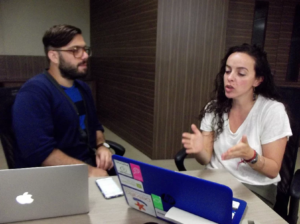
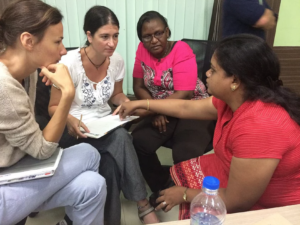 Local problems can have global roots–and global solutions.
Local problems can have global roots–and global solutions.